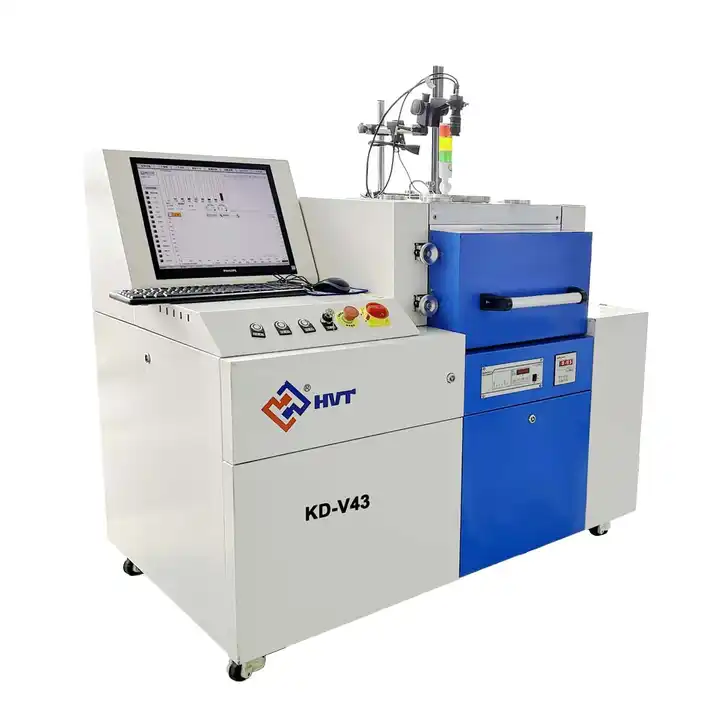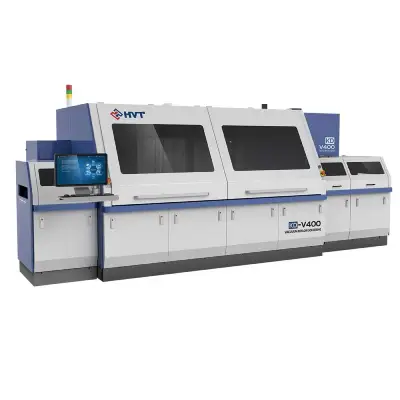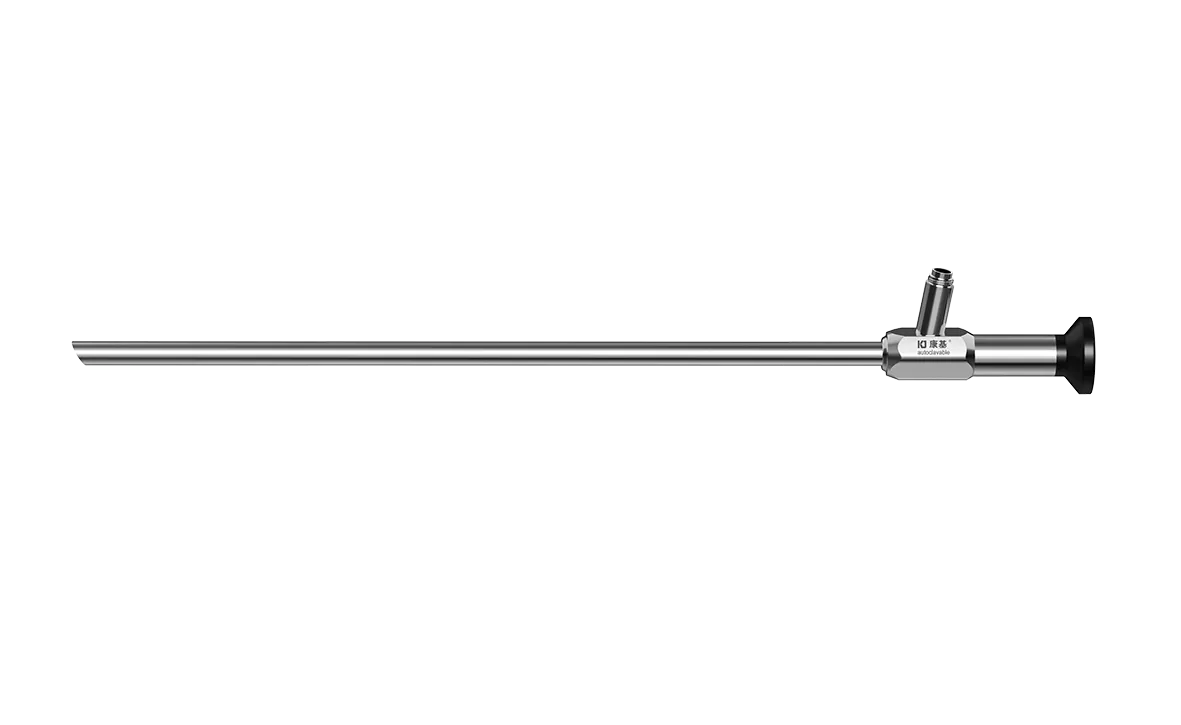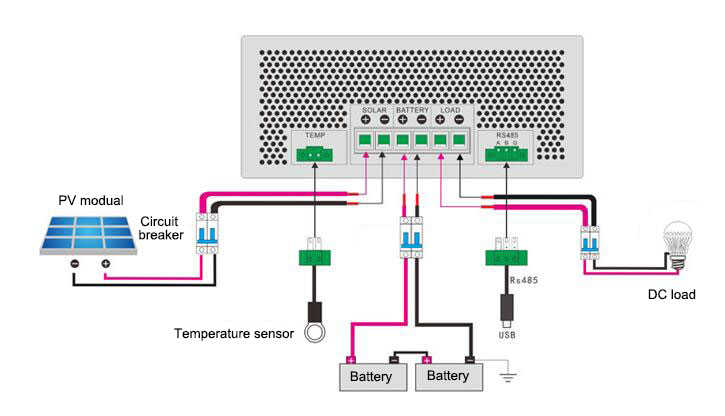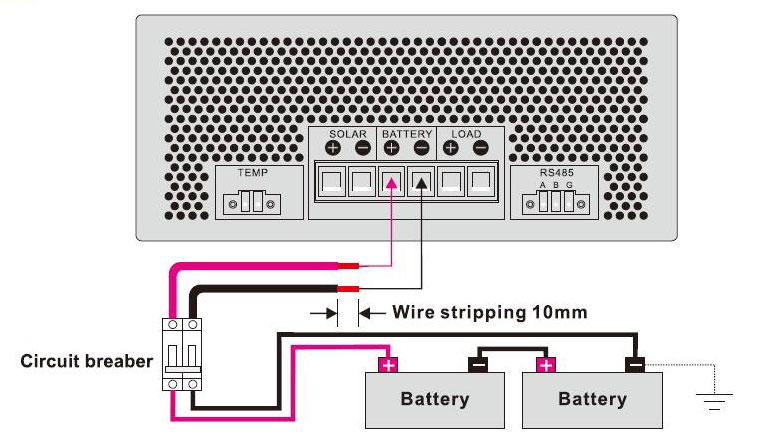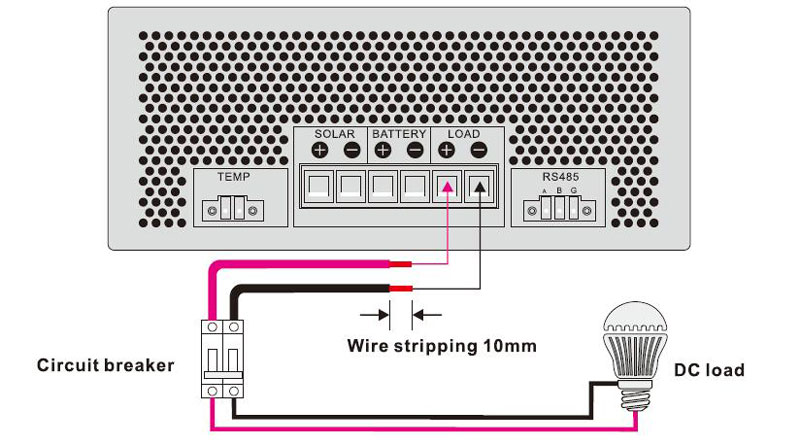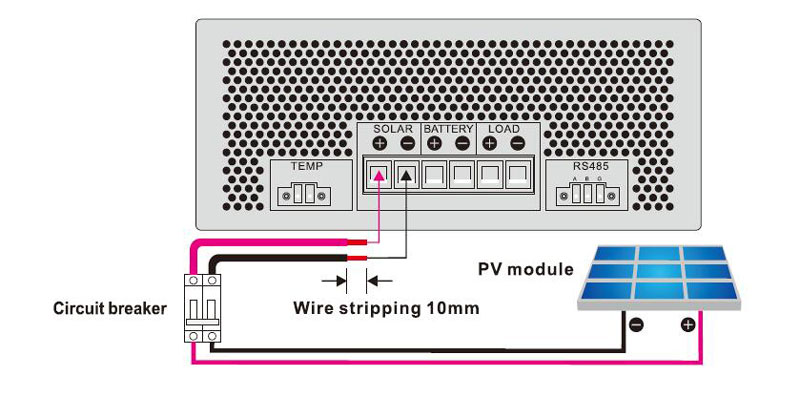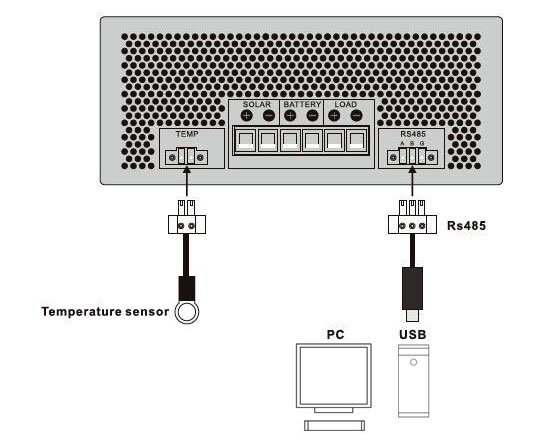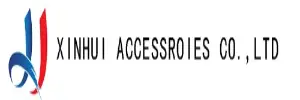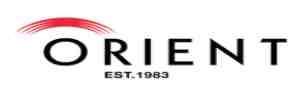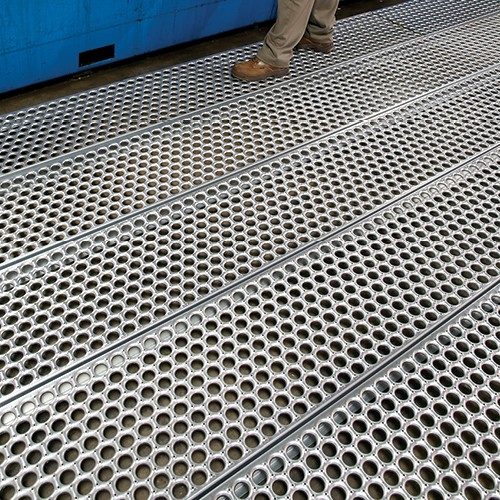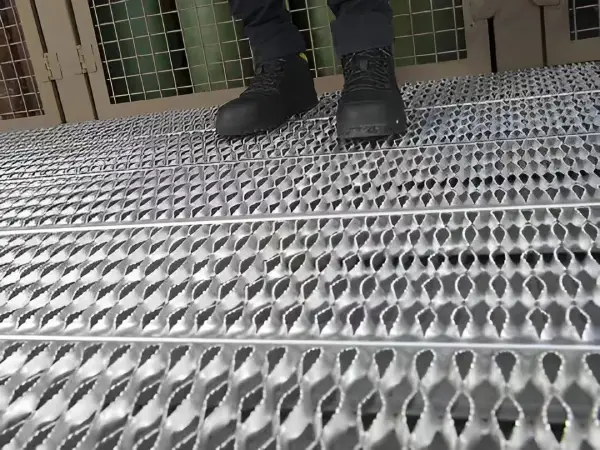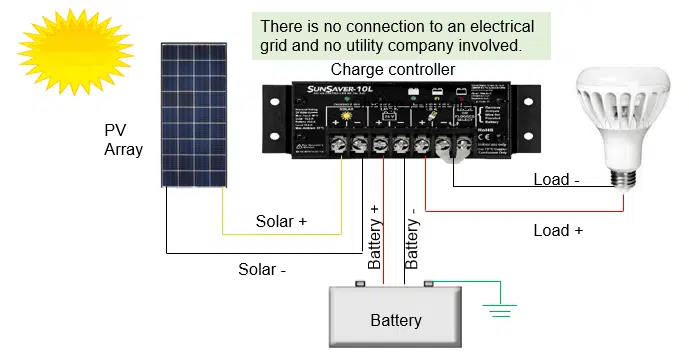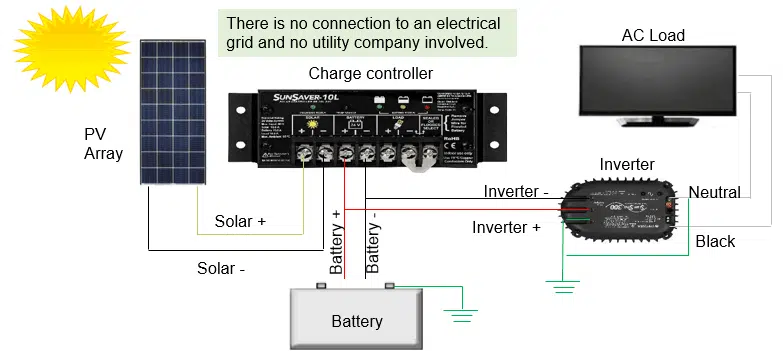Are you planning to establish your own bag business or wholesale bags? If so, exploring handbag manufacturers in China is your best bet for a successful venture. Compared to other countries, China offers numerous advantages, including competitive pricing, large-scale manufacturing capabilities, a skilled workforce, and efficient transportation networks. To help you make an informed decision, we have carefully evaluated and compiled our top eight guides. These guides offer a quick comparison and in-depth review of each bag manufacturer in China. By reading our comprehensive guide, you can make the smartest business decision and pave the way for a thriving bag enterprise.
Dongguan Xinhui Accessories Co., Ltd. is a reputable bag manufacturer established in 2006, boasting over 16 years of expertise in the industry. Based in Dongguan City, Guangdong Province, the company enjoys strategic proximity to two international airports and two major shipping ports, facilitating efficient logistics. With a skilled workforce of over 80 professionals, including dedicated design and sales teams, Xinhui excels in producing a wide range of high-quality bags, including fashion handbags, messenger bags, cosmetic bags, travel bags, jewellery bags, cooler bags, mummy bags, shopping bags, purses, and more. The company prides itself on providing customized solutions and has extensive experience in OEM and ODM projects.
2. HONEYOUNGBAG
Established in 1998, Anhui Honeyoung Enterprise Co., Ltd. is a leading Chinese company specializing in exporting bags, stationery, exercise books, and cultural & educational products. In 2008, the company expanded its operations with the establishment of Anhui Honeyoung Travelling Products Co., Ltd., dedicated to manufacturing backpacks, traveling bags, promotional bags, school bags, rucksacks, and various other types of bags. With over 300 advanced production machines and a team of 300+ professionals, including skilled designers, researchers, and inspectors, the company ensures high-quality products. Their annual gross revenue has reached an impressive 20 million, and they boast various departments such as Design, Marketing, Sales, Finance, Quality Control, and Documentation.
3. ORIENTBAG
Established in 1983, Orient is a renowned bag manufacturer (OEM) with its roots in China. Founded by Ricky Li, a determined Hong Kong businessman, the company started in Fujian with 50 employees and a small rented space near a local high school. Today, Orient has grown into a multinational manufacturing group with six plants spanning China, Cambodia, and Myanmar. With a dedicated workforce of 1000 employees, the production area now spans an impressive 46,000 square meters. Throughout its journey, Orient has maintained its commitment to producing quality bags at competitive prices, serving clients from small businesses to multinational corporations. Orient is not just a bag manufacturer but also a trustworthy partner and caring employer, upholding values of quality, integrity, and employee well-being.
4. ISOCOOLBAG
Xiamen Goldenway Garments & Bags Co., Ltd. is a leading manufacturer of garments and bags with an impressive experience of over 20 years. With a self-built factory spanning 18,000 square meters and a dedicated workforce of around 100 skilled workers, the company enjoys better control over cost, quality, and delivery time. Situated in the Hai Cang area, the factory benefits from its strategic location, being just 20 minutes from the Subway station and 30 minutes from Xiamen Airport. The company operates four efficient production lines and specializes in outdoor sports bags, laptop bags, school bags, canvas bags, Kraft paper bags, cooler bags, and more. With a monthly capacity of 80,000-150,000 pieces, Xiamen Goldenway's factory has passed rigorous audits like Sedex 4.0 and Disney.
5. JDHANDBAGFACTORY
J.D. Handbag Factory, a branch of J.D. Leather Goods, is a prominent handbag manufacturer in China known for crafting fashionable and superior-quality handbags. With a professional management and development team, the company produces a monthly output of 80,000 units. Committed to providing exceptional customer service, J.D. Handbag Factory offers a wide range of exquisite handbags and tailors solutions to meet individual customer needs. Their dedication to personalization extends to private custom services, enabling each customer to create their unique brand of handbags. With a focus on quality, innovation, and customer satisfaction, J.D. Handbag Factory stands as a leading name in the handbag manufacturing industry.
6. BEANBING
Established in 2015, Guangzhou Zhongding Bag Company is a reputable manufacturer located in Guangzhou, Guangdong, China. Specializing in women's and men's bags, as well as various leather accessories like small leather goods, leather labels, crossbody bags, gift bags, shopping bags, totes, wallets, clutches, and cosmetic purses. The company offers a diverse range of materials, including vegan leather, genuine leather, nylon, canvas, PVC/TPU, and chrome-tanned leathers. With a focus on high-quality customized bag services, Guangzhou Zhongding has emerged as a leading bag company in China. They serve independent fashion brands, large companies, and e-commerce retailers by managing the entire supply chain process, from design to delivery.
7. TKSTARBAG
Founded in 1995, Quanzhou Twinkling Star Handbag Co., Ltd is situated in Quanzhou, a crucial city on The Belt & Road with excellent infrastructure and convenient transportation links. From its humble beginnings, the company has evolved into a leading bags supplier in China. Twinkling Star's success is fueled by a united team with a common goal – to achieve growth and prosperity for both workers and the enterprise, ensuring a happier life for all employees. With a focus on top-quality bags, the company specializes in R&D, production, and marketing of business and travel bags, fashion and leisure bags, and recycled bags. Adhering to the principle of "Quality First and Customers First," Twinkling Star offers customization options in materials, logos, colors, sizes, and packaging.
8. TOTEBAGFACTORY
This customer-centric company was founded with the mission of providing convenience to its clients. Catering to companies, small businesses, and hardworking individuals, they offer a wide range of quality items at wholesale prices. Their passion for the business goes beyond routine; they live and breathe their work, dedicated to supplying top-notch products. From Cotton Canvas Tote Bags to Drawstring Bags - Backpacks, Wine Bags, Laundry Bags, and more, this company takes pride in offering diverse options to meet every need. Committed to serving their customers with excellence, they find joy in delivering exceptional service and products, making them a reliable and preferred choice for wholesale purchases.
9. Slbag
The company has been in business for more than 16 years and has 20 factories in Guangzhou, producing around 500,000 bags per year. If you are looking for ladies’ leather handbag manufacturers in China, SLBAG can provide you with wholesale leather bags at affordable prices. Besides offering OEM and ODM services, they can also provide you with samples based on your preferences.
In addition to their customized leather bags, they also offer customized packaging. On their website, you can find information about the various leather bag materials and logo options. SLBAG manufactures both genuine and vegan leather bags. Leather types include vegetable-tanned leather, crocodile leather, and pebbled leather. In addition to embroidery logos, metal logos, embossed logos, and more, SLBAG offers more than 3,500 styles. Customized logos and packaging require a minimum order quantity of 500 pieces.
10. Sitoy
Sitoy Group, a famous Chinese bag manufacturer, has been listed on the Main Board of The Stock Exchange of Hong Kong since 2011. They specialize in crafting bags for renowned designer brands like Guess and Prada. Sitoy Group, along with its associated companies, holds a significant position in China's market for branded bridge to luxury items, small leather bags, and travel accessories. Their reputation is built on delivering quality, flexibility, efficiency, and innovation to some of the world's top fashion brands.
The group operates through two primary business segments. The manufacturing segment is responsible for producing handbags and various products for brands owned by other companies. They maintain a strong retail presence, with nearly 100 points of sale across Hong Kong, Macau, and mainland China. Furthermore, they are continually expanding their operations into other cities and exploring e-commerce opportunities. Their online and offline sales points are on the rise. If you're interested in importing fashionable handbags from Sitoy Group in Guangzhou, it's advisable to consider a trusted sourcing agent like MatchSourcing to ensure the products reach you in pristine condition.
